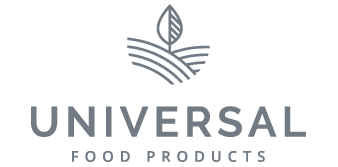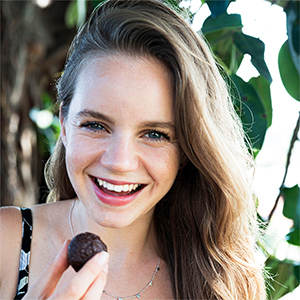Protein is probably the most controversial macronutrient. It’s a macronutrient, because our bodies do require it in larger amounts than, say, zinc, iron or magnesium. But how much do we really need? As with all things, the answer is ambiguous and highly depends on factors like age, weight, physical activity, pregnancy and breastfeeding, intake of other nutrients, and your hormonal make-up. Considering the amount of screen time this subject attracts, you’d think it would be possible to be protein deficient. However, the body is alarmingly clever at recycling amino acids, the building blocks of protein, allowing the body to continue to function at a steady pace. Despite this first, inconclusive paragraph, I’m making it my mission to help you feel a little clearer by the end of this article…
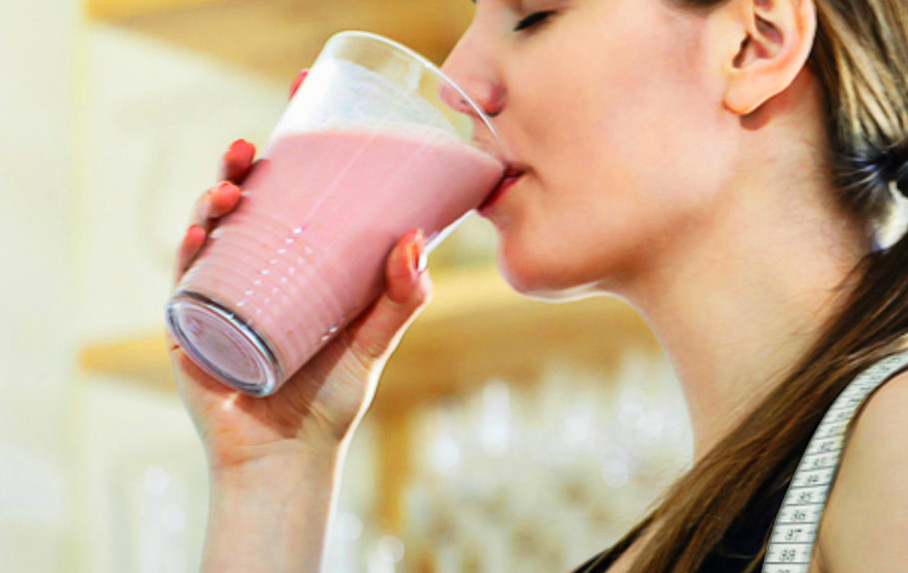
So Why Do We Need Protein?
1. Structure
Protein forms the structural basis of all cells, which in turn, infer the structure of tissues, muscles and body organs – without protein, they simply could not grow and develop into the body systems and overall bodies we’re designed to live in! We not only need protein to help healthy cells and tissue grow, but also to repair strained bodily tissues from injury.
2. Nitrogen
Protein is the body’s major source of nitrogen, which plays an important role in the formation of DNA. Daily, our bodies excrete nitrogen through urine, faeces and sweat, and it’s also used to make up hair, skin and nails. For this very reason, we need to ensure we’re consuming enough nitrogen to account for this loss. However, the amount of protein we need to eat to spare nitrogen loss is a highly argued subject! What we do know, is that the ‘estimated average requirement’ as set by the Nutrition Health and Medical Research Council (NHMRC) accounts nitrogen loss in its recommendation.
3. Essentials
Protein is made up of many tiny, organic compounds called amino acids. Amino acids join with one another, forming long chains which create proteins, so they’re often referred to as ‘the building blocks of protein’. There are 20 amino acids in total, 11 of which the body can make itself. The remaining nine are called essential, purely because we need to obtain them from food. Amino acids are largely involved in the transport and storage of nutrients, and they provide a certain level of homeostasis to our metabolism.
4. Enzymes
Protein is also responsible for forming enzymes in the body. Enzymes act as chemical messengers that catalyse chemical reactions in the body, allowing everyday actions that generally go unnoticed. Things like; muscle contractions, our ability to digest dietary fats and create energy from the food we eat, are all thanks to protein!
5. Messengers/Transporters
Protein also mediates the smooth-running of many bodily processes. Lipoproteins are a protein-dependent channel that facilitate the transportation of lipids (fats) throughout the body. Haemoglobin is the name of the protein which carries iron around the body. Similarly, protein also paves way for the release of hormones like insulin and glucagon, which provide blood sugar control and storage.
But How Much Do I Need?
With some gumption behind why protein is crucial, how much should you aim for each day? The NHMRC recommend a daily protein intake of 37‒65 grams per day, depending upon;
– Gender
– Age
– Physical activity
– Pregnancy/breastfeeding.
A good general, estimate based on a nutritionist’s approach is about 1 gram of protein per kilogram of body weight, but the following calculation from the NHMRC is based on the estimated average requirement for both women and men between the ages of 19 and 70 years old.
Women: 0.60 grams of protein X kilograms of body weight per day.
Men: 0.68 grams of protein X kilograms of body weight per day.
“Protein powders are a great option for people whose
diets are lacking in protein; typically young, fussy
children, or the elderly who find it hard to chew
and break down protein-containing foods.”
What Kinds of Protein Should I Eat?
Variety is key here… they don’t call it the spice of life for nothing! Animal-based proteins have the highest amount of amino acids (recall amino acids are the building blocks of protein), however the body can obtain all it needs from plants alone, with some clever planning.
High protein foods include;
– Eggs
– Nuts; almonds, cashews, hazelnuts
– Chicken and turkey
– Legumes; lentils, chickpeas, edamame, black beans, cannellini beans, navy beans, peas
– Seeds; sunflower, pumpkin, hemp, chia, flax
– Beef and lamb
– Grains; quinoa, buckwheat, millet, amaranth
– Dairy products; yoghurt, cheese, milk.
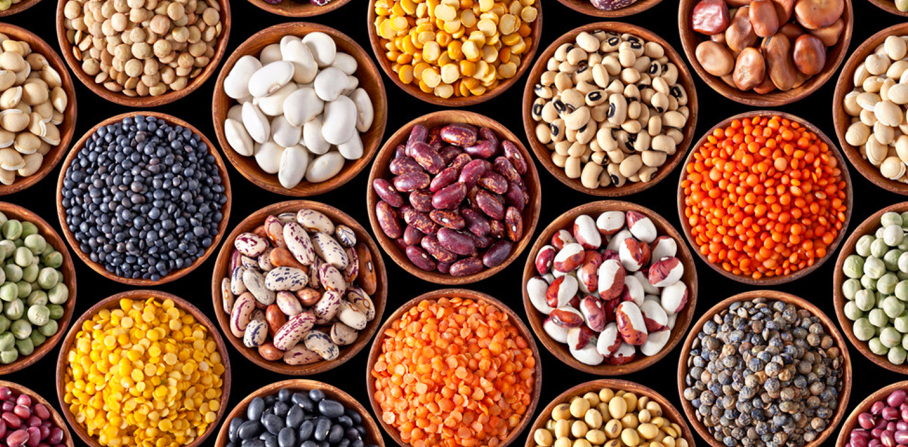
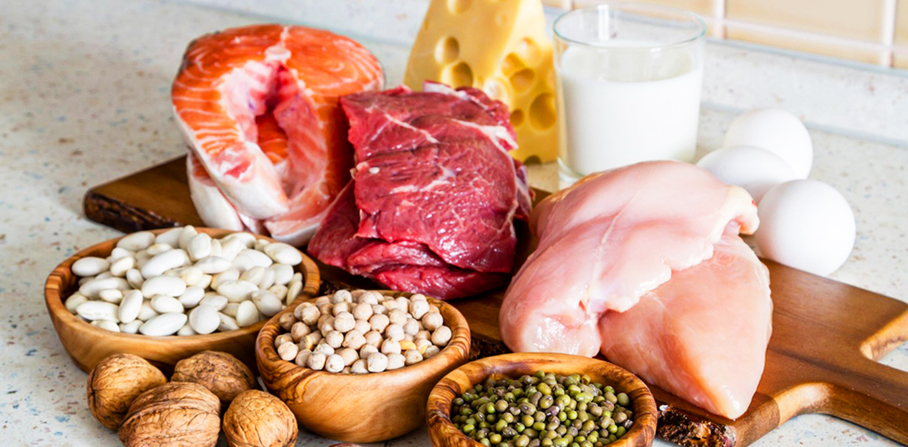
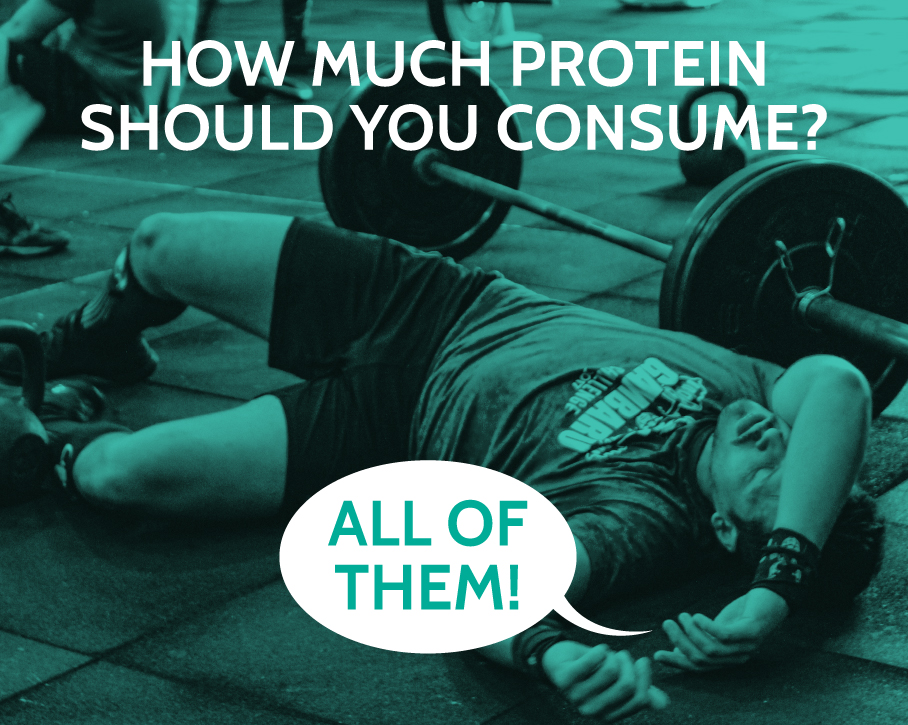
What About Protein Powders?
Protein powders are a great option for people whose diets are lacking in protein; typically young, fussy children, or the elderly who find it hard to chew and break down protein-containing foods. This does not exclude others from using protein powders, in fact, they can be a delicious addition to any diet! Protein powders used in a smoothie, blended with fruits and vegetables, make a great breakfast option, or post-workout choice to saturate tired muscles with the amino acids they need to facilitate growth and repair. They’re great for on-the-go, travel, or as a supplement on a day where protein intake has been sub-par.
My protein powder recommendations include;
1. Choose a brand with minimal ingredients, and find ingredients you can pronounce!
2. Generally speaking, a plant-based protein powder is easier to digest and gentler on the stomach (less likely to cause unwanted bloating/flatulence).
3. Don’t consume protein powders to exempt yourself from a well-rounded whole foods diet.
REFERENCES
Nutrient Reference Values – Protein
Energy and protein requirements. Report of a joint FAO/WHO/UNU Expert Consultation.
Porth’s Pathophysiology: Concepts of Altered Health States



